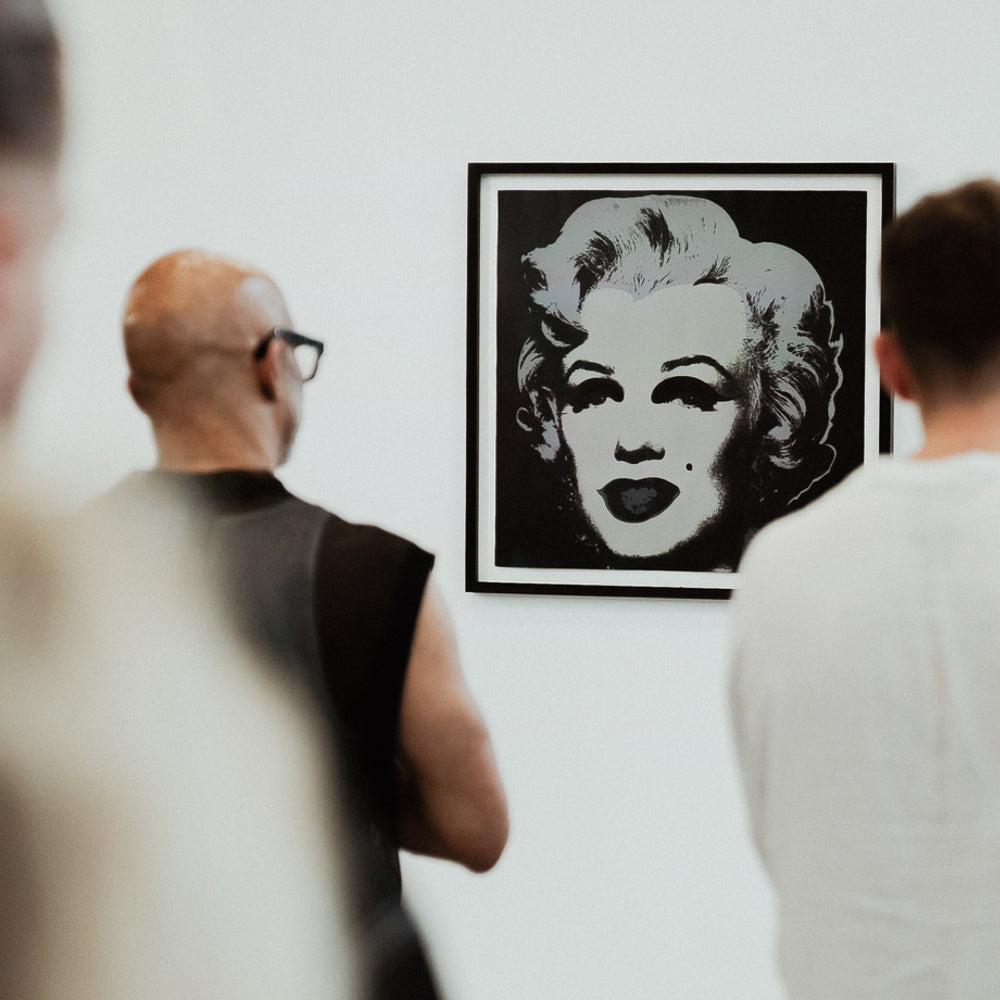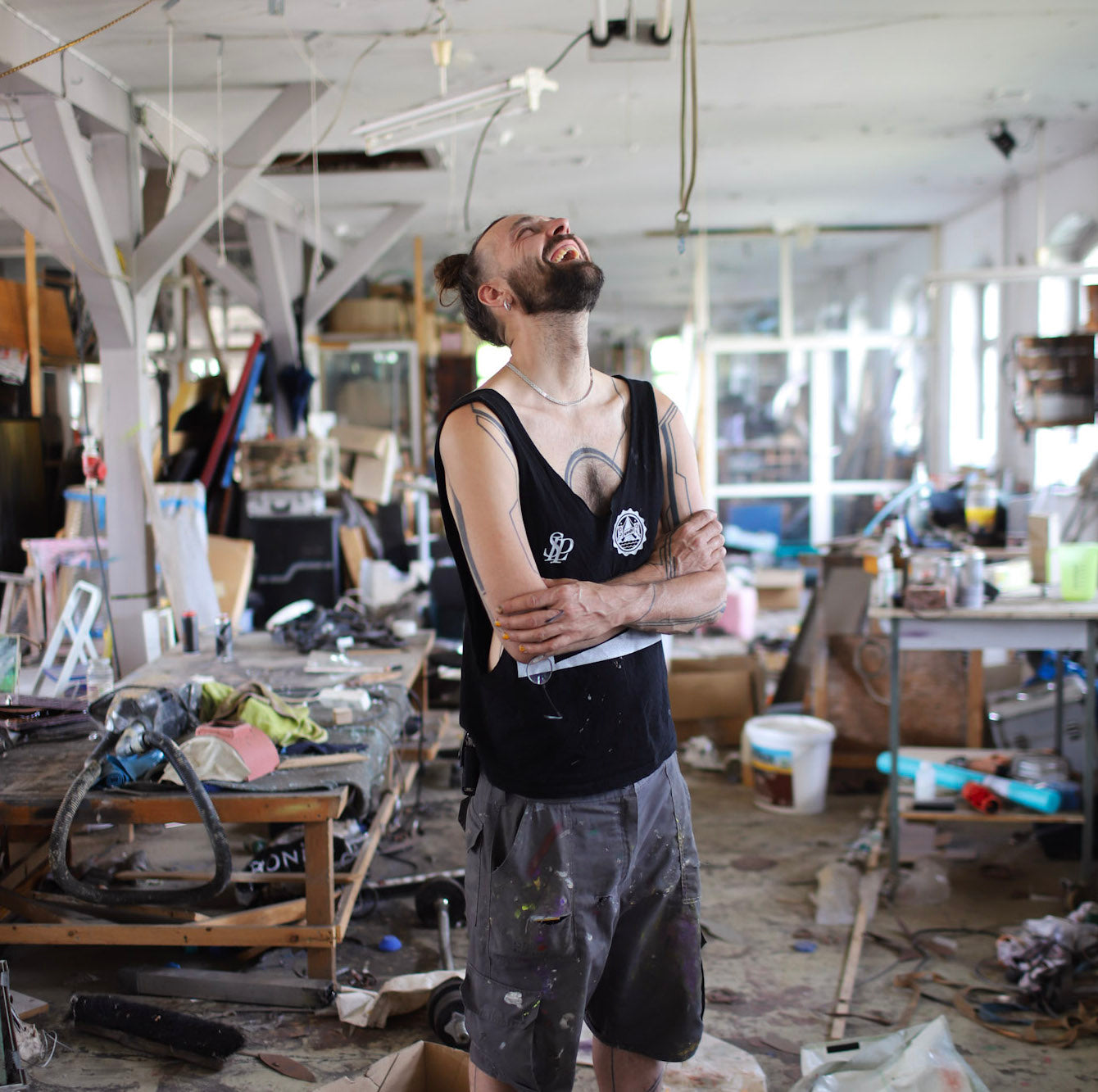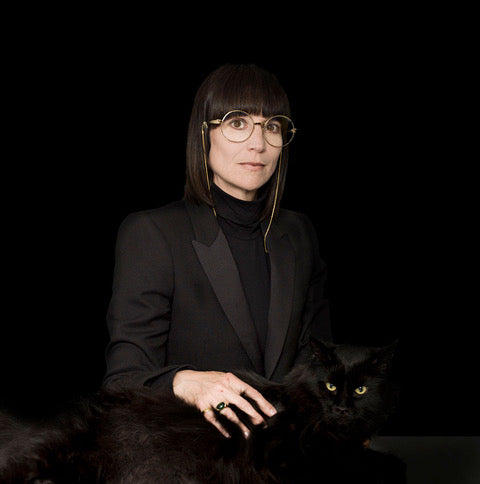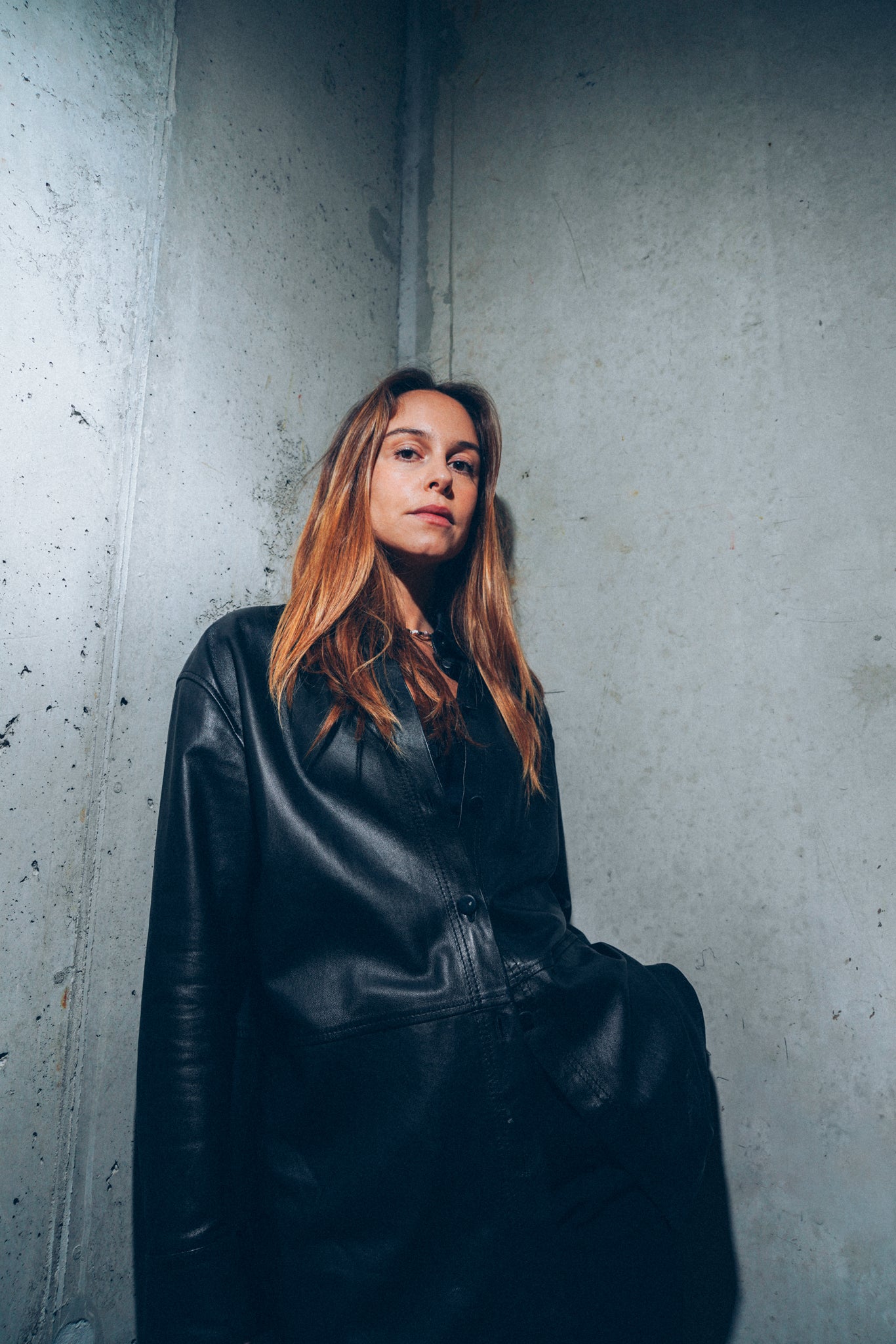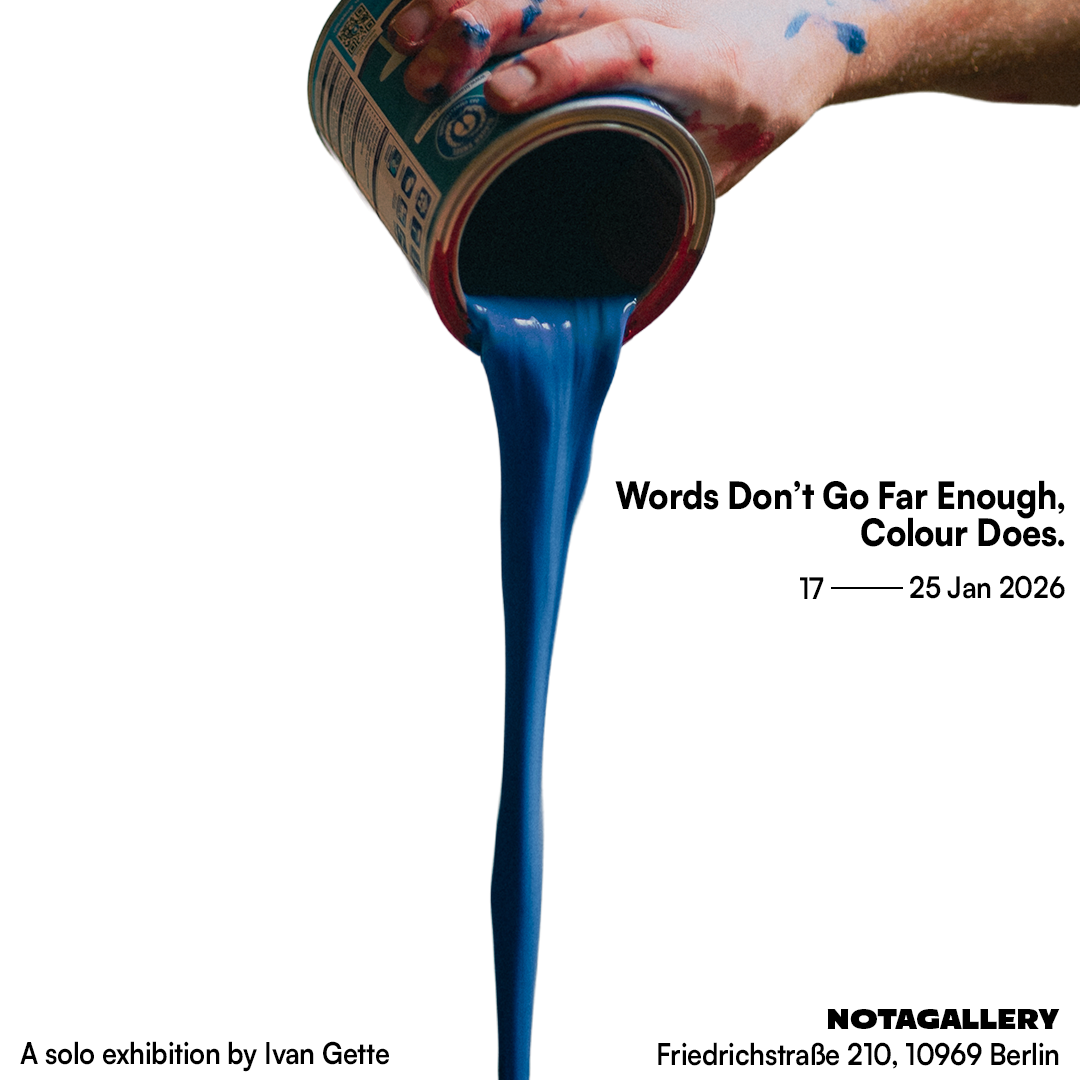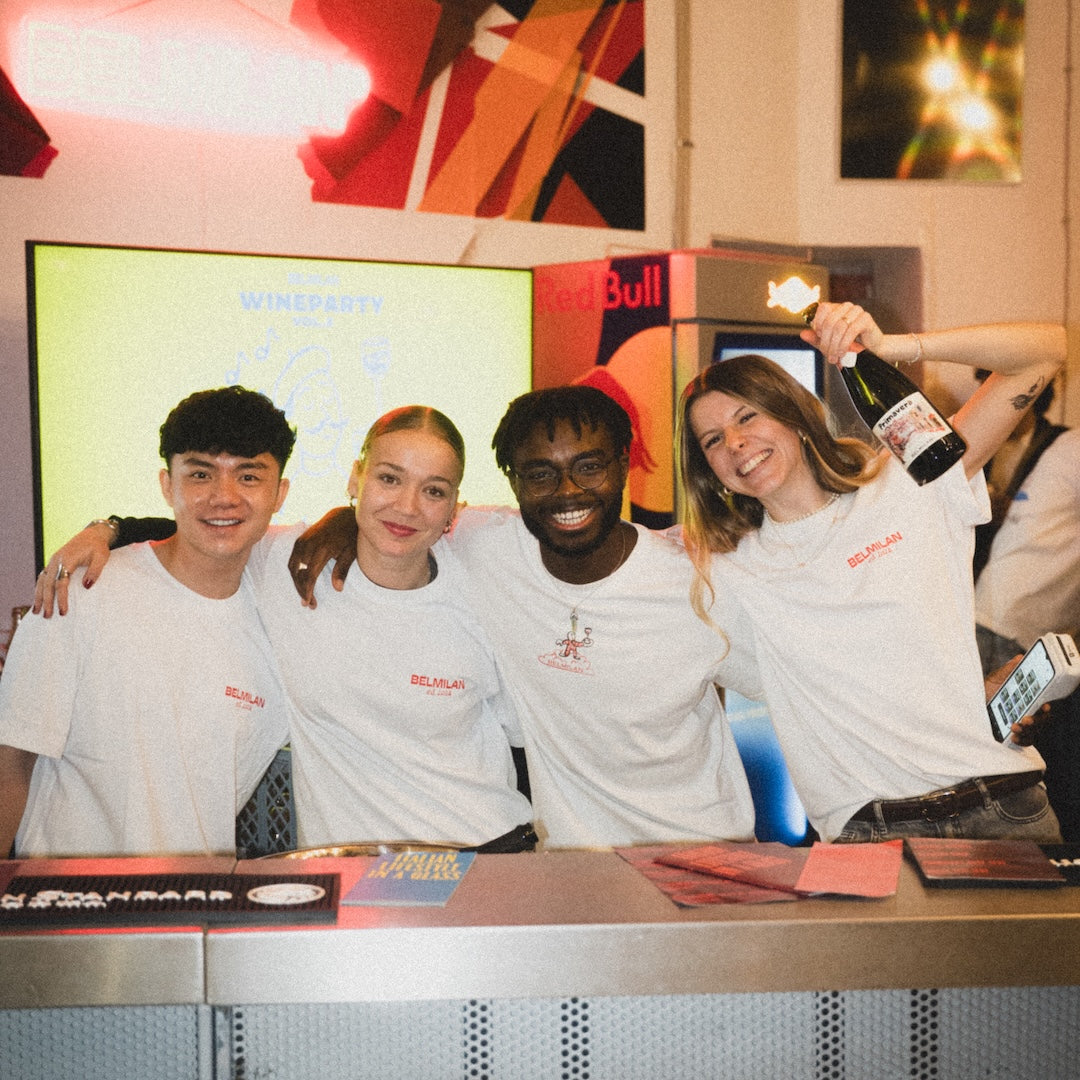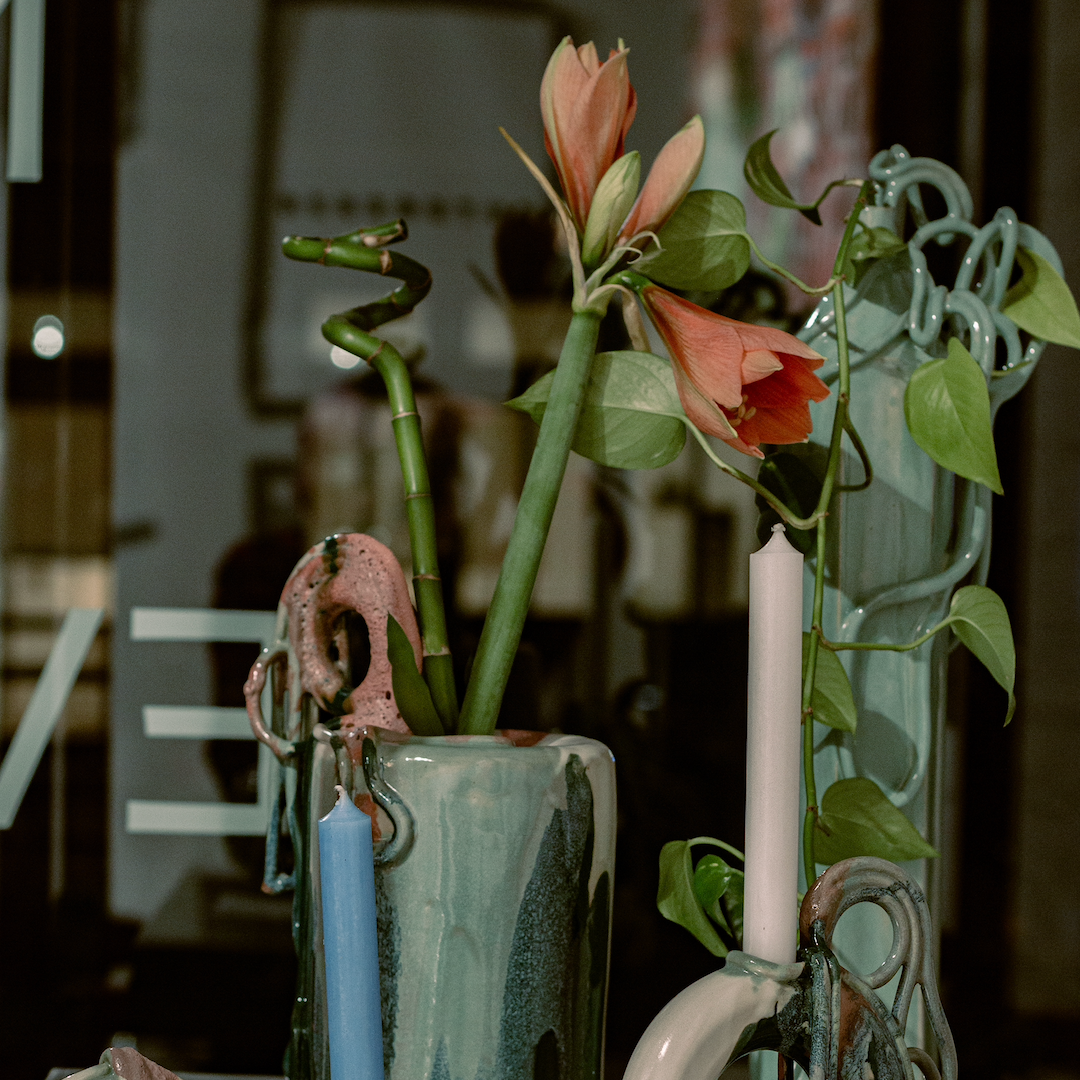Doterius Molrok, also known as Michael Ritzmann, is a contemporary artist from Germany whose multifaceted work spans fine arts, painting, sculpture, and beyond. Raised in the former GDR, Molrok's journey began with illegal graffiti. Abandoning his academic pursuits to fully embrace his artistic path, Molrok masterfully blends scientific concepts with street art aesthetics, as seen in his pieces featured in Gresunder Großenwahn, inviting viewers to explore the intricate beauty of natural structures and their own interpretations.
Do you remember the first time you created something? When did your artistic journey begin and what brought you to the art world? Share some highlights from your background?
As long as I can remember, I always created. From sticks to stones, from paper to wood - you name it. In the mid 90ties, I was introduced to graffiti and started writing walls, trains, anything... This also made me get in trouble with the "blue man group" and therefore, I was sentenced to do some social work. Taking part in this program, I was asked to paint some canvas. I did this earlier but from there on I was getting more and more focused on doing "art.”Nevertheless, I didn't stop hitting the streets.
Let's discuss the fear of failure. How do you deal with it on your artistic journey and what helps you to pursue your dreams?
I do not think that failure is something to fear. Do not get me wrong, it is something cruel but, for my personal journey, it is much more like a wise teacher. Making my own mistakes is generating much more knowledge than taking the knowledge of others as common sense. Therefore it always reminds me to keep up with my way of thinking, behaving, and creating.
How would you describe your artistic style and the themes you explore? How has this evolved as you've grown as an artist? Share your thoughts on your artistic approach.
In my opinion, many artists are looking for "that one thing." Their work is orbiting around and they might get lost in a thought of not bringing it in alignment with some sort of artistic skills. In my case I think it was the other way around. I always was curious about creating, as I mentioned before. In earlier days, it was much more about my own aesthetics in color and shape. But, scientific thematics also played a big role in my life (even if I was a total fool in math)
I can see that there are many aesthetic parts in my sculptures that were influenced from the years of being a street artist. Later, I combined these with thoughts of micro and macro biological interpretations of inner body systems and states of beings, which you can also tell -having a closer look on the works titles.
How do you navigate the balance between chaos and order in your art?
Actually, my canvas works are exactly what this question is about. I am starting with a total chaotic blending of aqueous color . After the first layer dried, I am putting on abstract geometric shapes to get in conversation with the much more chaotic shapes that came by chance. Doing so in many many layers is what makes the canvas look like at the end.Actually this is a good interpretation for anything else in life.There is no order without chaos, no light without darkness. The list is never ending... it’s all about balance.
If your art could have a conversation with the viewer, what would it say?
As you can see, I do have my own interpretation on what my works might mediate. But, these are my thoughts - I do not force anybody to look at them the same way. The viewer is allowed, much more, asked to see what their brain is making of it. Feel free folks.

